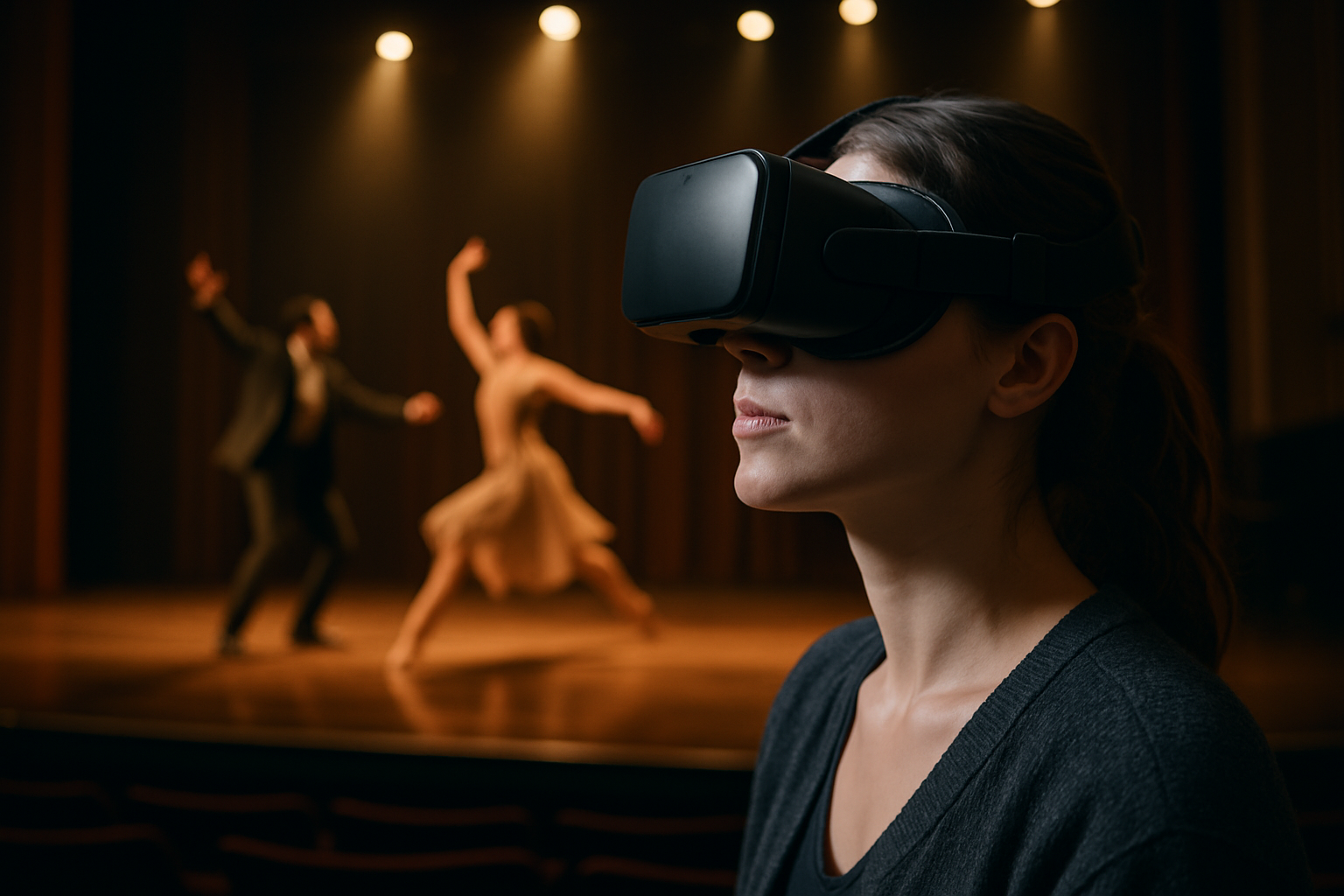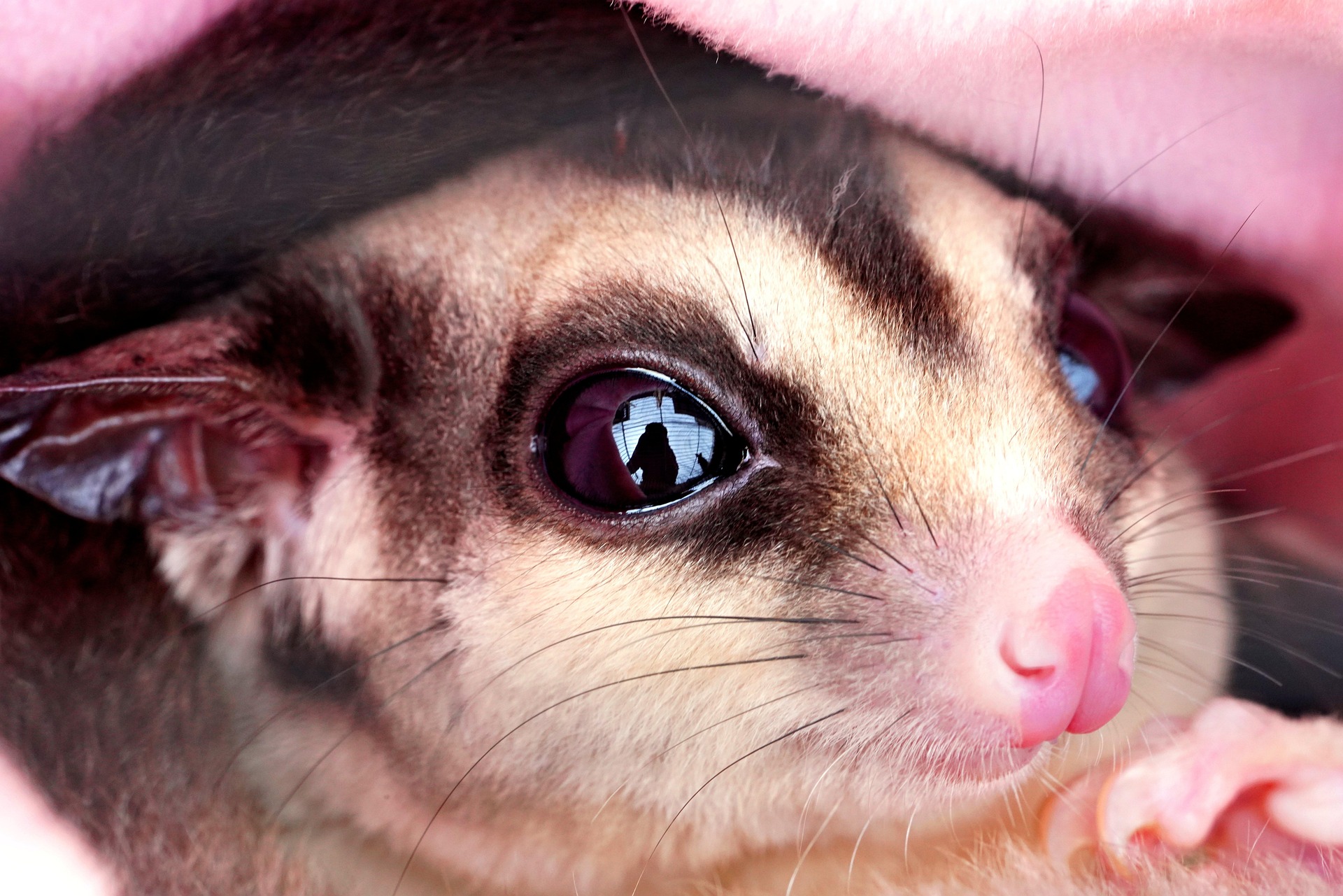Unveiling the Hidden World of Scent-Based Storytelling
In the realm of artistic expression, a new frontier is emerging that challenges our conventional understanding of narrative and sensory experience. Scent-based storytelling, an innovative approach to creative communication, is captivating audiences and pushing the boundaries of immersive art. This olfactory-driven medium combines the power of fragrance with traditional storytelling techniques, creating a multi-sensory experience that transports viewers into richly layered worlds. As this unique art form gains traction, it's reshaping how we engage with narratives and opening up new possibilities for artistic expression.

The Science Behind Olfactory Art
The power of scent-based storytelling lies in the unique way our brains process olfactory information. Unlike other senses, smell is directly connected to the limbic system, which is responsible for emotions and memory. This neurological quirk allows scents to trigger powerful emotional responses and vivid recollections, making them an ideal medium for immersive storytelling.
Techniques and Technologies
Modern scent-based storytelling employs a variety of techniques and technologies to create its immersive experiences. Artists use everything from traditional perfumery methods to cutting-edge scent diffusion systems. Some installations incorporate wearable devices that release fragrances at specific moments, while others use large-scale scent projectors to fill entire rooms with carefully orchestrated aromas.
Notable Works and Artists
Several groundbreaking works have helped establish scent-based storytelling as a legitimate art form. Christophe Laudamiel’s Scent Opera, performed at New York’s Guggenheim Museum in 2009, used a custom-built scent organ to tell a wordless story through a sequence of fragrances. More recently, Anicka Yi’s installations at the Tate Modern in London have combined biotechnology and scent to explore themes of identity and perception.
The Impact on Traditional Storytelling Mediums
As scent-based storytelling gains prominence, it’s beginning to influence more traditional forms of narrative art. Some theaters are experimenting with scent design as part of their productions, while museums are incorporating olfactory elements into their exhibits to create more immersive experiences. Even the film industry is taking notice, with some directors exploring ways to integrate scent into movie screenings.
Challenges and Controversies
Despite its growing popularity, scent-based storytelling faces several challenges. The subjective nature of scent perception makes it difficult to create universally accessible works. Additionally, concerns about allergies and sensitivities have led to debates about the inclusivity of olfactory art. Some critics also question whether scent-based narratives can achieve the same depth and complexity as traditional storytelling methods.
The Future of Olfactory Narratives
As technology advances and artists continue to push the boundaries of the medium, the future of scent-based storytelling looks promising. Researchers are developing more sophisticated scent delivery systems, while artists are finding new ways to combine olfactory elements with other sensory experiences. Some futurists even speculate about the possibility of fully immersive, multi-sensory virtual reality experiences that incorporate scent as a key component.
Conclusion
Scent-based storytelling represents a fascinating evolution in the world of narrative art. By tapping into the primal power of our sense of smell, this innovative medium offers new ways to engage audiences and create lasting emotional connections. As it continues to develop and mature, scent-based storytelling has the potential to revolutionize how we experience and interact with art, opening up exciting new possibilities for creative expression in the 21st century.





